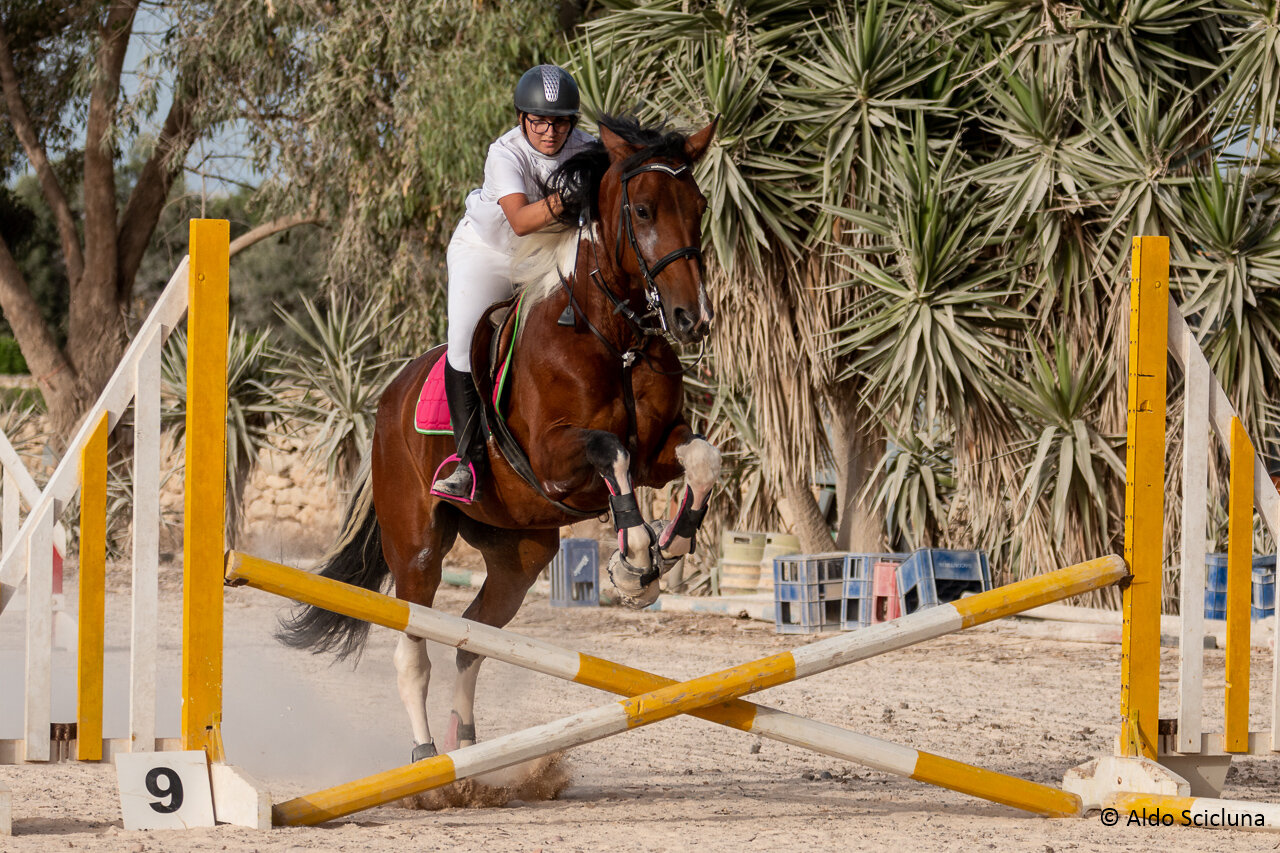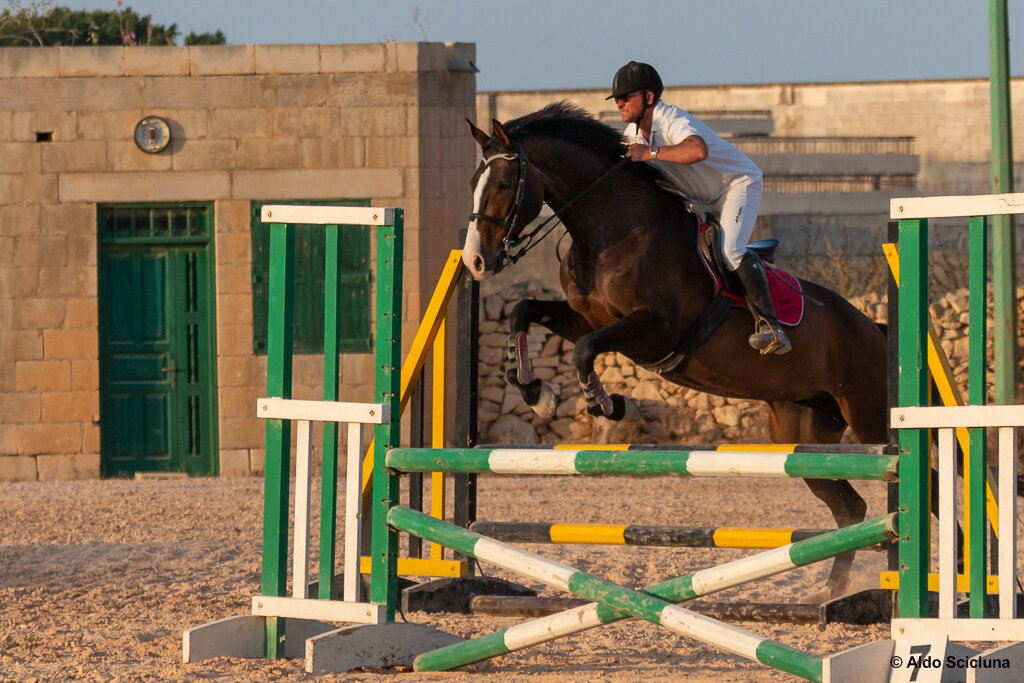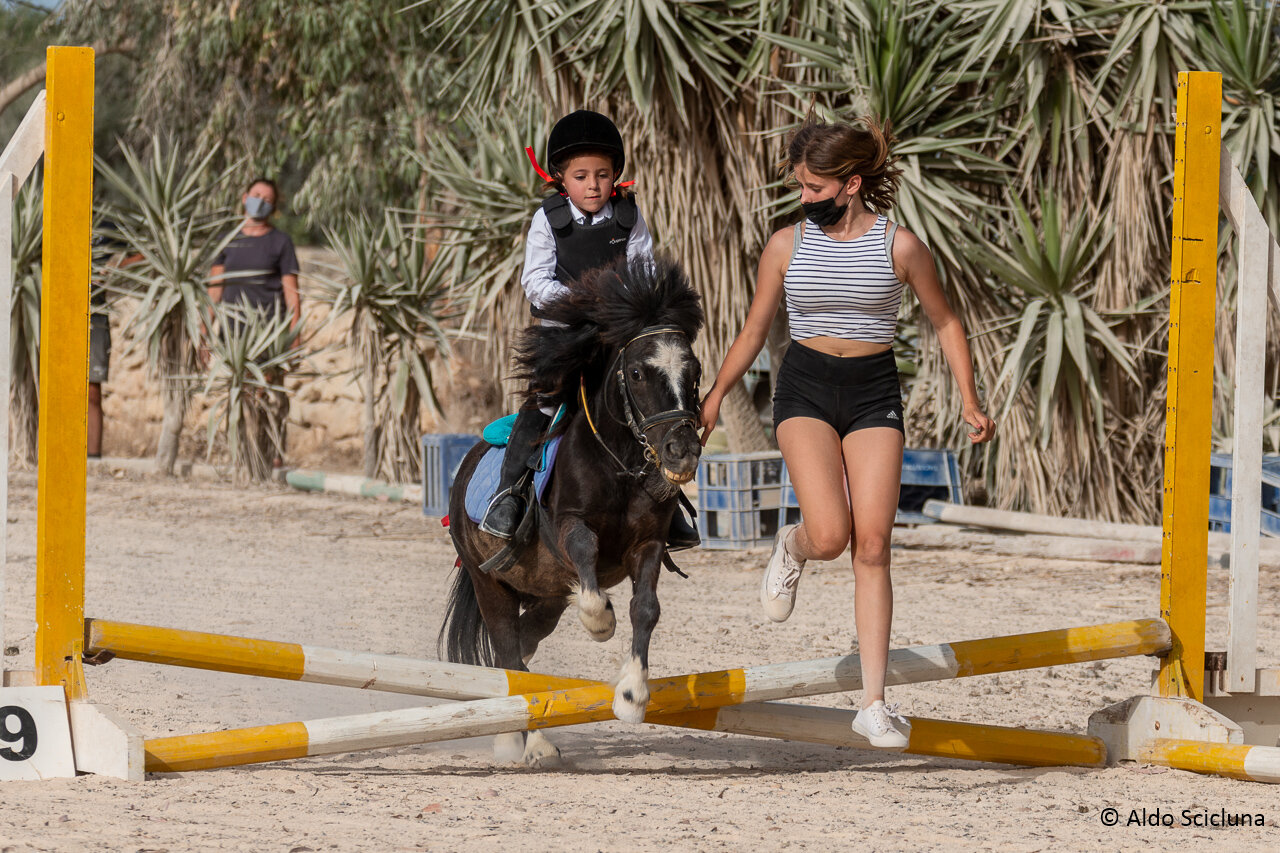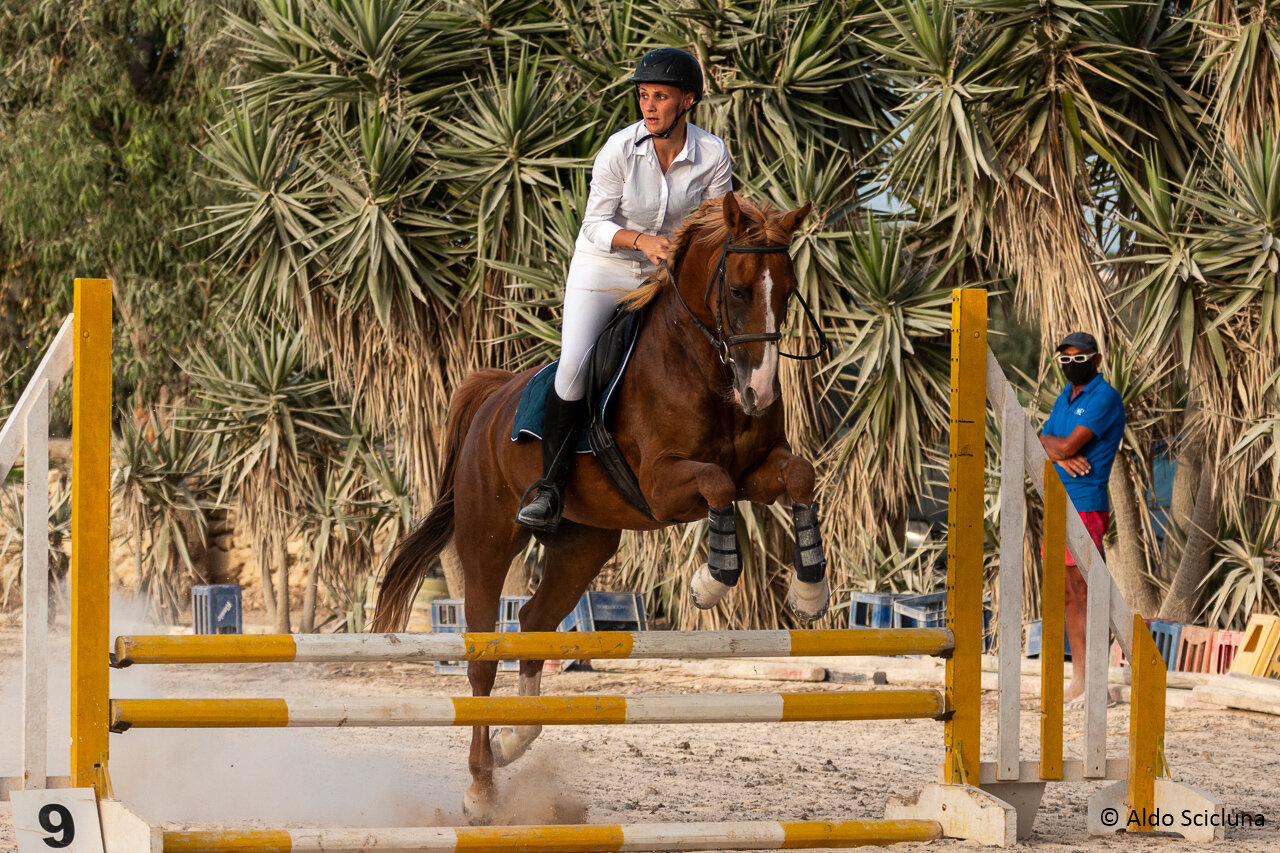
Show Jumping in Malta.
The sport
Horse and rider must clear a course of eight to 16 jumps in a pre-determined order within a time limit. Obstacles are such that the fence and their constituent parts come down if they are knocked. Riders that go clear go into a jump off where a shorter course is ridden for time. The rider with the fastest time (and no faults) is the winner.
Faults and penalties
First disobedience – 4 faults
· Obstacle knocked down – 4 faults
· Fall of horse, athlete or both – elimination
· Second disobedience* (in the entire round, not just one fence) – elimination
· Exceeding the time limit – elimination
· Leaving the arena during the competitive round - elimination
· Exceeding the time allowed in the first round – one penalty for every four seconds
· Exceeding the time allowed in the jump off against the clock – one penalty for each second or commenced fraction of a second
*A disobedience includes a refusal, run out or resistance
The arena
The competition takes place in an enclosed arena.
The levels
The MEF runs competitions where the height of the fences vary according to the class that in which the rider participates. Classes under 50cm are deemed not competitive, and may be held in order to encourage young riders. There are no prizes for these classes.
Competitive classes start at 50cm and increase in height to 120cm, with the upper heights of the fences increased by 10cm in the jump off rounds.
The competitions
The MEF host competitions at affiliated venues throughout the year. Horse and rider combinations accrue points at affiliated events for the Season Championship rankings.
The equipment
There's a dress code for the riders which is essentially a hat, jacket, breeches/jodhpurs and boots. Body protectors, including ones with airbags are optional.
In a competition, horses must wear a saddle and bridle. Any continental or English saddle can be used but riders often choose a specialist jumping saddle which helps the rider's position and allows them to 'feel' the horse better.
Protective boots, bandages and overreach boots can be worn by the horse during competition.
The officials
Judges have the overall responsibility of a competition ensuring that it runs efficiently and as per the approved schedule and to make sure that the rules and regulations are followed. As well as judging the competition, they also monitor the welfare of the horses, checking they are happy athletes, sound and free from obvious injury.
There's also a steward or team of stewards who oversee the running of the competition. They are the guardians of equine welfare, look after the warm-up, check the tack and get the horses in and out of the ring at their given time.

Show Jumping Schedule & Results.
Gallery.

